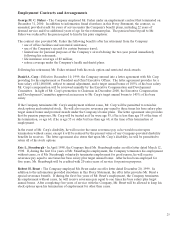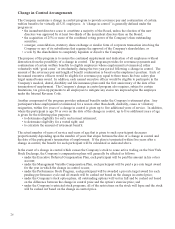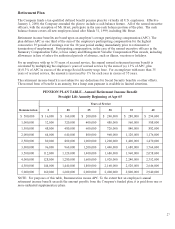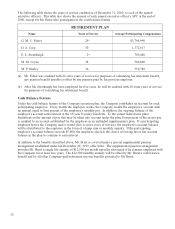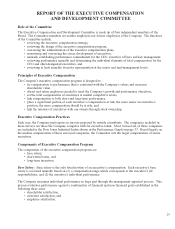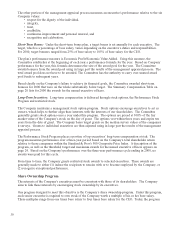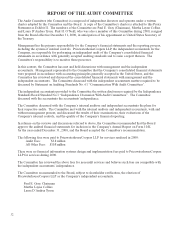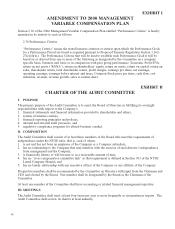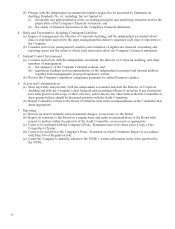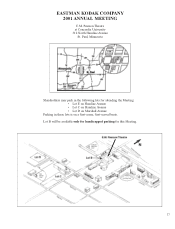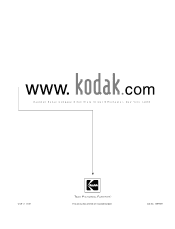Kodak 2000 Annual Report Download - page 107
Download and view the complete annual report
Please find page 107 of the 2000 Kodak annual report below. You can navigate through the pages in the report by either clicking on the pages listed below, or by using the keyword search tool below to find specific information within the annual report.35
The Committee may have in attendance at meetings such members of management or others as it may deem
necessary to provide the information to carry out its duties.
IV. DUTIES AND RESPONSIBILITIES
The Audit Committee shall have the following duties and responsibilities with respect to:
1. Independent Accountant
(a) Serve as the Board’s primary avenue of communication with the independent accountant.
(b) Make recommendations to the Board regarding the selection, evaluation, retention, or discharge of the
independent accountant.
(c) Ensure understanding by the independent accountant and management that the Board, as the
shareholders’ representative, is the independent accountant’s client and therefore the independent
accountant is ultimately accountable to the Board and the Audit Committee.
(d) Provide the opportunity for the independent accountant to meet with the full Board as deemed
necessary and appropriate by the Committee.
(e) Confirm and assure the independence of the independent accountant by:
(i) accepting receipt of their annual submission of a formal written statement delineating all
relationships between the independent accountant and the Company,
(ii) monitoring fees paid to the independent accountant for consulting and other non-audit services,
and
(iii) engaging in a dialogue with the independent accountant with regard to any disclosed
relationships or services that may impact the objectivity or independence of the independent
accountant.
(f) Review the annual audit plan of the independent accountant and its scope.
2. Internal Auditors
(a) Serve as the Board’s primary avenue of communication with the Director of Corporate Auditing.
(b) Review and concur in the appointment, replacement, reassignment, or dismissal of the Director of
Corporate Auditing.
(c) Confirm and assure the independence of the internal auditors.
(d) Review the annual internal audit plan of the internal auditors and its scope, and the degree of
coordination of this plan with the independent accountant.
(e) Review periodically the internal audit activities, staffing, and budget.
3. Financial Statements
(a) Inquire of the independent accountant and management as to the acceptability and appropriateness of
financial accounting practices and disclosures used or proposed by the Company.
(b) Review and discuss with management and the independent accountant prior to releasing the year-end
earnings and at the completion of the annual audit examination:
(i) the Company’s financial statements and related footnote disclosures,
(ii) the independent accountant’s audit of the statements and its report thereon,
(iii) any significant changes required in the independent accountant’s audit plan,
(iv) any serious difficulties or disputes with management encountered during the course of the audit,
and
(v) other matters related to the conduct of the audit which are to be communicated to the Committee
under generally accepted auditing standards.
(c) Review legal matters that may have a material impact on the financial statements with the General
Counsel, Director of Corporate Auditing, the Controller and the independent accountant.
(d) Review and discuss with management and the independent accountant, prior to releasing the quarterly
earnings, the Company’s quarterly financial information. Assure that the independent accountant has
reviewed the financial information included in the Company’s Quarterly Reports on Form 10-Q prior
to filing such reports with the SEC. Such review is to be performed in accordance with AICPA
Statement on Auditing Standards No. 71 “Interim Financial Information.”
(e) Recommend to the Board whether the audited financial statements be included in the Company’s
Annual Report on Form 10-K, in advance of filing such form with the SEC.


